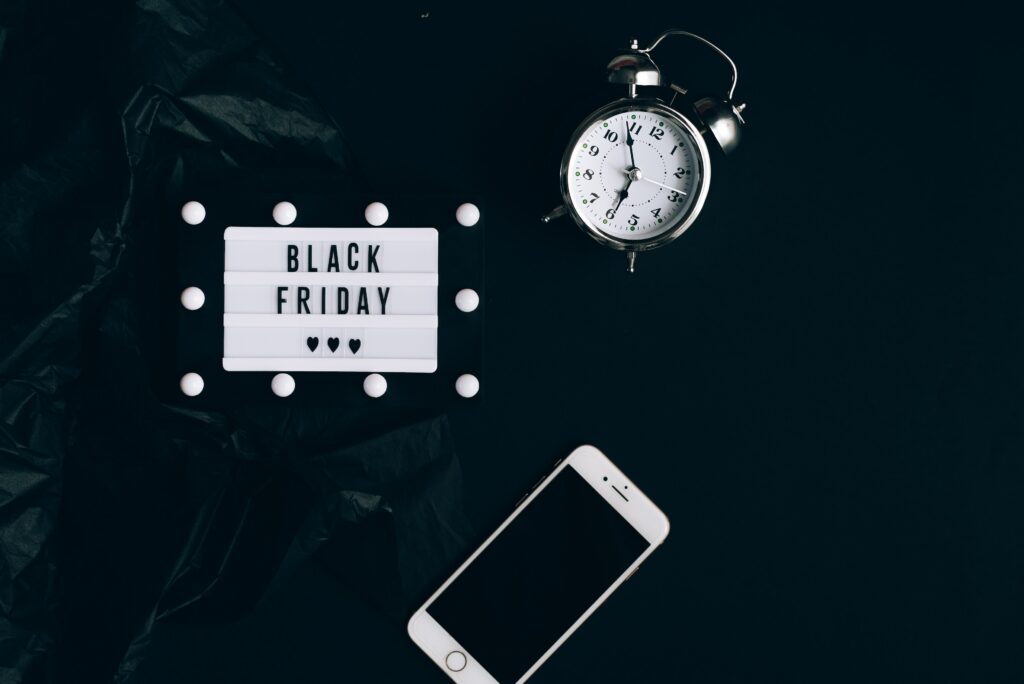Ad campaigns not bringing good results? Looking for ways to improve or simply get started with ads? There are a number of tricks you can use in your ads, some better than others, depending on what you’re promoting and on which platform. Using persuasive advertising techniques is a good start for getting attention and influencing your target audience’s decision-making process.
👀 In this article, we dive into the world of persuasive advertising, what it is and some examples. We take a look at three powerful techniques that can help you convert leads into customers. Let’s start!
Short on time? Jump to… ⬇️
Persuasive advertising is a type of marketing communication that aims to leverage the consumer’s desires and interests,
opinion, beliefs, or behavior in favor of a product or service. It often focuses on the benefits to the end-user.
By appealing to emotions, logic, and credibility, it goes beyond merely informing the consumer but seeks to convince consumers to take action.
💡 Persuasive advertising is strongly effective because it taps into our emotions, cognitive biases, desires and fears. It usually makes a product/service more needed and appealing.

A local gym creates a Google search ad campaign targeting potential customers searching for gyms in their area.
Over the gym’s benefits including state-of-the-art equipment and experienced trainers, the copy highlights a limited-time promotion: “Join now and get 50% off your first three months! Offer ends soon.“
💡 This ad creates a sense of value and urgency to click the ad and sign up before the promotion expires.
You’ve probably seen many of those ads on TV. Commercials like to feature a celebrity, from athletes to singers like Ed Sheeran.
They endorse a specific product, subtly implying that using the product will somewhat make you as athletic or attractive as the celebrity, or that buying this product in particular is a good idea because xyz recommends and uses it too.
Similar to celebrity endorsements, influencers are trusted by their community and can be a great way to promote a product.
🔍 See how to get started here
A basic but sometimes overlooked strategy is to be clear on the emotions to leverage in order to influence the consumer’s decision-making process. By appealing to strong emotions such as happiness, fear, or nostalgia, advertisers can create an emotional connection with their audience that is more likely to lead to a purchase decision.
For example, a life insurance company may use emotional storytelling in their advertisements to evoke fear, highlighting the importance of protecting one’s family.
On the other hand, soft drink companies like Pepsi or Coca-Cola have used joyful images and uplifting music to associate their product with happiness, nostalgia or good times.
💡 Be clear on the emotions you want to leverage and how you can do this in the best way.
Social proof is the psychological phenomenon where people tend to follow the actions of others, assuming that they are making the right decision. Social proof is often seen as an indicator of credibility.
In advertising, this can be achieved by showcasing:
Scarcity is a powerful persuasive advertising technique that capitalizes on the fear of missing out (FOMO). By creating a sense of urgency or limited availability, advertisers can make their product or service appear more valuable, compelling consumers to act quickly to avoid missing out.
A classic example of this technique is the “limited time offer” or “while supplies last” promotion, which encourages consumers to purchase immediately or risk losing the opportunity.
Another example is the use of countdown timers on e-commerce websites, which encourage consumers to complete their purchase before time runs out.

🚨 While persuasive advertising can be very effective, you should be aware of a few things when using it, so it doesn’t become controversial advertising. Including:
These 3 techniques in persuasive advertising are commonly used to influence consumer behavior and drive sales: